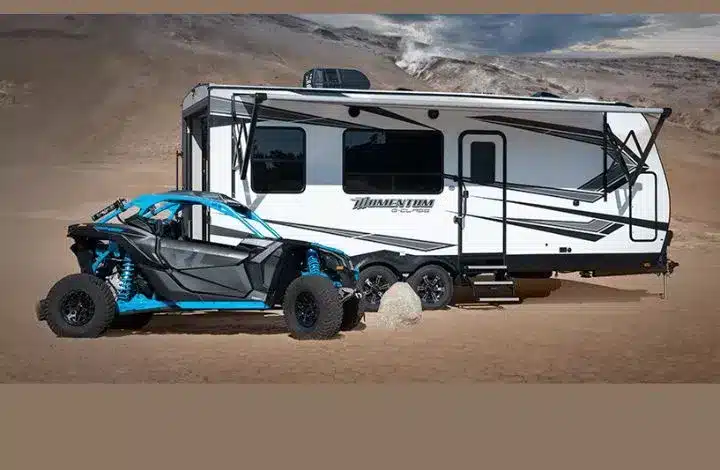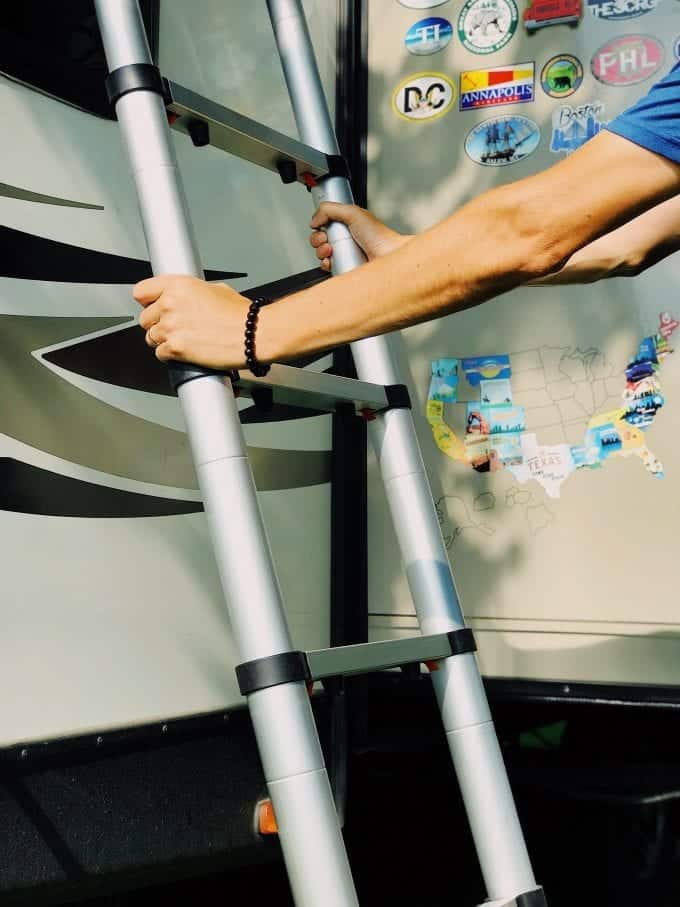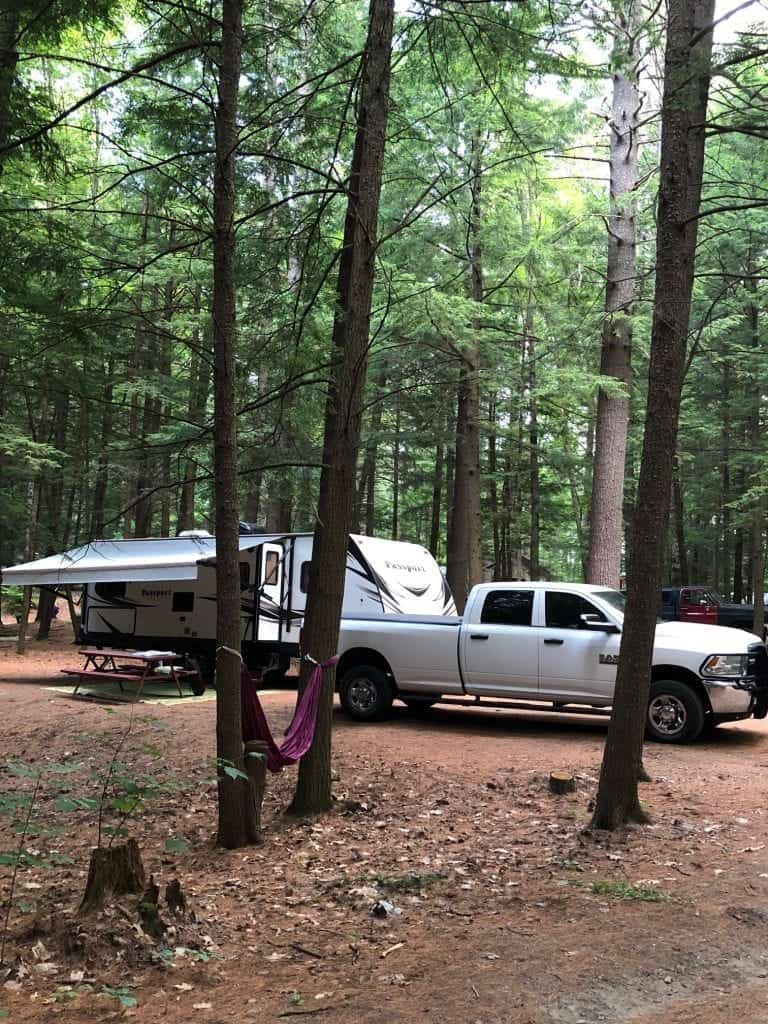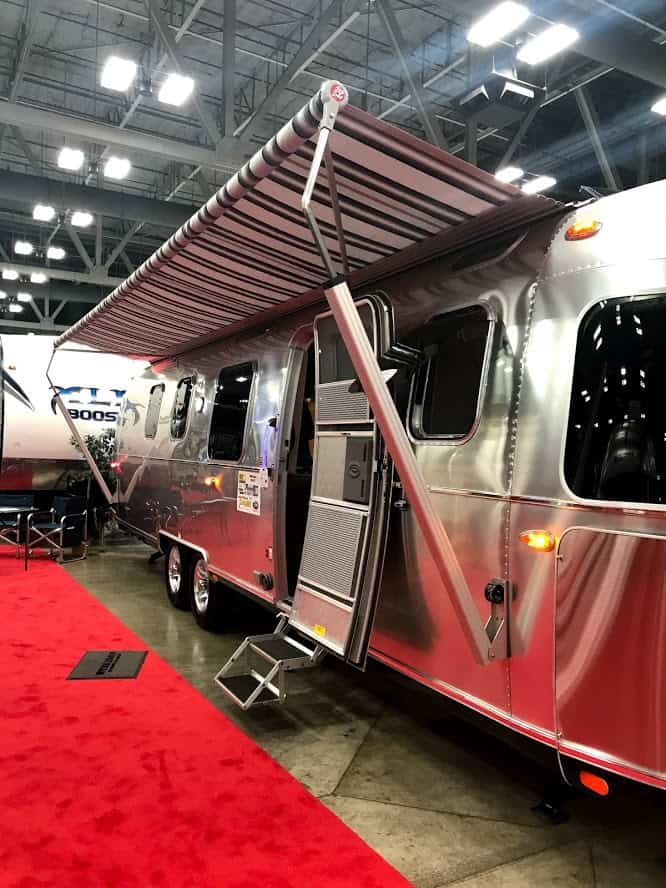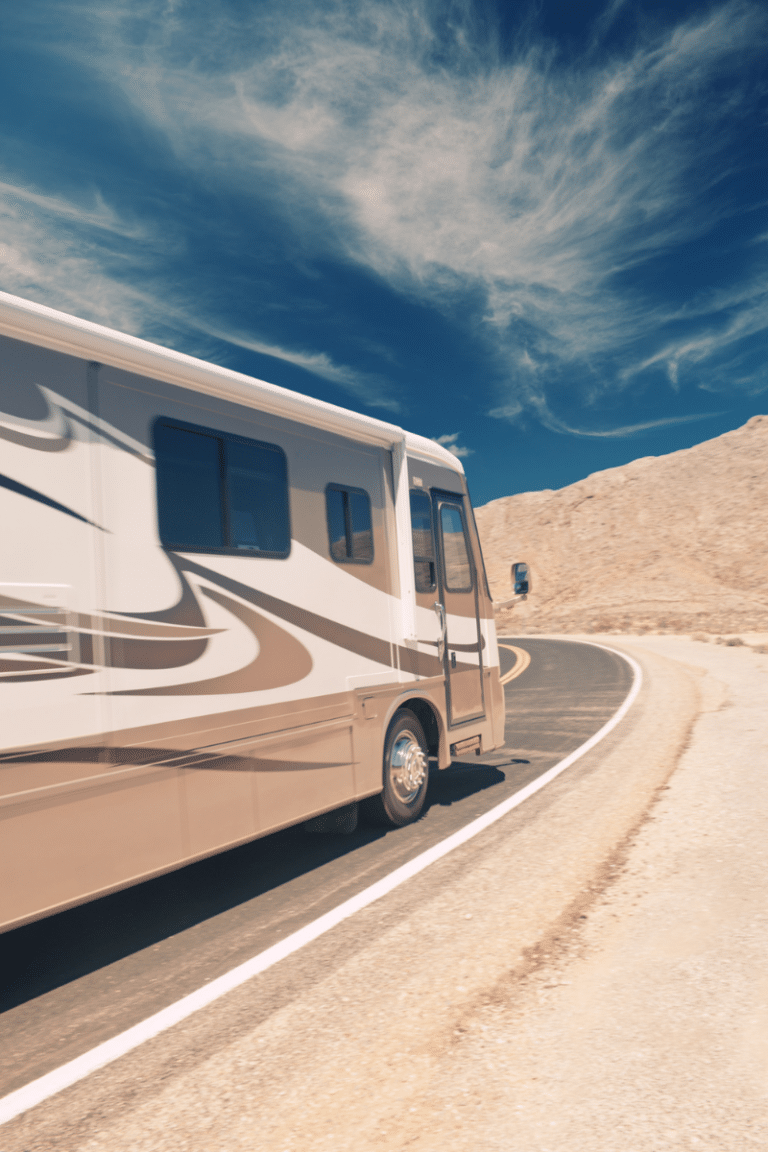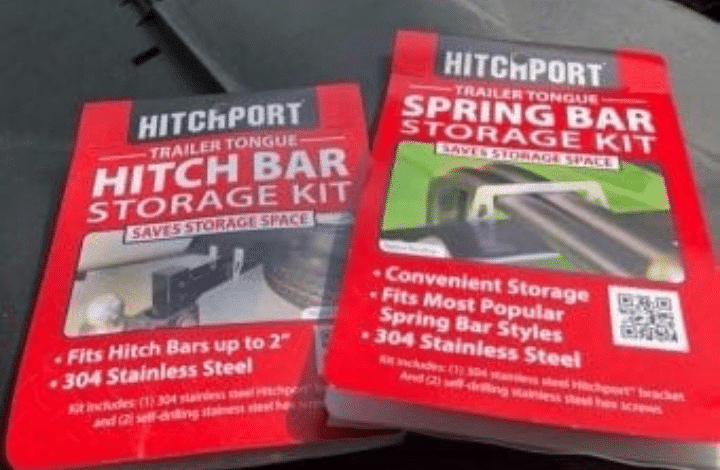RV Terms and Definitions for Full-Time RV Living
We are always on the lookout for the latest innovations in recreational vehicles and RV accessories. It’s astonishing to see the vast amount of products on the market. Maybe a better adjective to use is overwhelming.
No one living the RV lifestyle will be surprised when I comment about the equally overwhelming use of acronyms and unique terms. The unique terminology led me to write this post. So here it is, a comprehensive list of RV terms and definitions.
You see, I started the day with an objective to take a deeper dive into the features, options, prices, and consumer reviews across dozens of different power stations. Our team and I have done this before. We have tested Bluetti, BougeRV and other products so, we’re not fazed when we come across terms like LiFePo4, lithium, or 200Wh.
Then I stopped to think, TREKKN wants to serve all outdoor enthusiasts. We aim to provide useful information for beginners and experienced alike. And we’re working hard to fulfill that goal for our readers who are passionate about hiking, camping, traveling by RV, and everything in between.
So we decided to whip up a quick post defining all the terms we are most often asked about as well as many more. I hope it’s helpful as you start (or continue) your RV lifestyle.
List of RV Terms and Definitions
Here are many of the RV terms you will come across during your RV lifestyle. We include simple definitions and/or quick links to usage examples to help you understand the meaning and context of each term.
| RV TERM | DEFINITION |
|---|---|
| ASME Propane Tank | Largest type of propane tanks, the American Society of Mechanic Engineers tanks are typically found on driveable motorhomes such as Class A RVs. |
| Air Compressor | Portable system with air tank that is used for pneumatic applications such as inflating tires and blowing out water from pipes. |
| AMP | The short reference to ampere, a measure of an electric current unit. RV hookup sites are typically 20-Amp, 30-Amp, or 50-Amp. The power connection to your RV must match the campsite Amp rating. Use a surge protector when necessary. |
| Awning | A heavy fabric structure that extends out (manual or automatic) from the top of the RV to provide shade when RV is parked. |
| Battery Tender Charger | Device used to charge and help maintain your vehicle’s battery when RV is in storage. |
| Bayonet Fitting | Device that attaches to lug fitting on sewer line, creating an extension that allows user to easily connect and disconnect sewer hose. |
| Black Tank | The holding tank into which the toilet drains. |
| Black Water | Sewage |
| Boondocking | Camping off-grid without water or power. Also referred to as Dry Camping or Dispersed Camping. |
| Brake Controller | Device in tow vehicle to activate the brakes on a travel trailer or fifth wheel. |
| Breakaway Switch | Electrical switch on travel trailers (connected by a cable to the tow vehicle) that automatically engages the brakes in the event the trailer is separated from the tow vehicle. |
| BTU | Unit of measure of the heat required to raise the temperature of one pound of water one degree (F). Air conditioners and furnaces are rated based on BTU. |
| Cargo Carrying Capacity (CCC) | Amount of weight available for cargo, passengers, liquids, and all other accessories and supplies. |
| Cargo Weight | Total weight of all passengers, food, clothing, liquids, supplies, and accessories. |
| Class A RV | The largest category of motorhomes that range in length from 29′ to 45′. Average height is 11′ to 13′. |
| Class B RV | Campervans, the smallest motorhomes that range in length from 18′ to 24′. A newer Class B+ is slightly larger and has recently become popular. |
| Class C RV | Midsize motorhomes ranging in length from 30′ to 33′. A Super C is a new classification that refers to a slightly larger Class C RV. Sleeping area is typically built-in above the cab area. |
| Dispersed Camping | Camping off-grid without water or power. Also referred to as Dry Camping or Dispersed Camping. Also called Boondocking. |
| Dry Weight | Weight of an RV as shipped from the manufacturer. Excludes passenger and cargo weight. (also called Shipped Weight) |
| Excess Flow Valve | Safety feature built into propane connectors to cut off up to 90% of gas flow in event of flow surge. |
| Fifth Wheel | Largest type of travel trailer with a raised and extended front area that attaches to the bed of a truck with the use of a jaw hitch. (Examples: Keystone, 5th Wheel Bunkhouse) |
| Gross Vehicle Weight (GVW) | Combined total weight of the RV Dry Weight plus Cargo Weight. |
| Gross Vehicle Weight Rating (GVWR) | Maximum allowed weight of RV Dry Weight plus Cargo Weight. |
| Hitch Weight | Pin Weight or Hitch Weight |
| Holding Tank Treatment | Chemical product used in RV sewer holding tanks to liquefy waste solids and tissues and reduce odors. |
| Inverter | Converts electricity into usable A/C power. |
| LiFePO4 | Lithium iron phosphate (LFP) is a rechargeable battery technology. Popular for longer lifespan, improved safety, and higher discharge at 100%. |
| Max Towing Capacity | Maximum amount of weight that can safely be towed by a specific vehicle. Include RV’s GVW and weight of all passengers, cargo, and liquids in tow vehicle. |
| Motorhome | A recreational vehicle with an engine such as the Class A, Class B, or Class C RVs. |
| NMC Battery | Batteries that contain a cathode made from a combination of Nickel, Manganese and Cobalt, and used for storing solar energy. |
| Payload Capacity | Maximum amount of weight that can safely be added to the bed of the truck. Includes actual weight of tongue / hitch (or pin), plus all accessories and other supplies carried in the truck bed. |
| Overfill Protection Device | The OPD is a safety featured built into liquid petroleum gas tanks that prevent the tank from being filled over 80% capacity. This ensures there is room for the propane vapor to expand as the temperature changes. |
| Pin Weight | Weight and pressure applied from fifth wheel king pin to the hitch in the bed of the tow vehicle. Also called Hitch Weight or King Pin Weight. |
| Portable Power Station | A portable device designed to store and power electronic devices in off-grid areas. |
| Propane Tank Gauge | Safety device that allows user to check for minor leaks at connection points on a tank. |
| Pull-Through Site | Campsite that allows an RV to be driven straight through. This is helpful as drivers of large RVs do not need to back in. |
| Radial Ply Tire | Pneumatic tire in which ply cords are laid at 90-degrees to the center line of the tread. |
| Sewer Hose Support | Support system used to hold sewer line above ground to protect the hose. |
| Shipped Weight | Weight of an RV as shipped from the manufacturer. Excludes passenger and cargo weight. (also called Dry Weight) |
| Shore Line | Electrical cord that connects 120VAC from exterior power source on land to the RV. Also called Shore Cord or Power Cord. |
| Solar Panels | Collects solar energy that is then transferred to power station. |
| Speed Rating | A rating for tires that indicates the maximum speed at which the RV should be driven with the specific tire installed. |
| Surge Protector | Protect your RV from high- and low-voltage levels and power surges. |
| Tank Rinser | Attaches to RV sewer outlet and hose to rinse all residue out of the RV holding tanks. |
| Teardrop Trailer | Lighter and smaller travel trailers designed with a rounded front and are easier to tow relative to other travel trailers. |
| Tongue Weight | Weight and pressure applied from the trailer tongue/coupler to the conventional/bumper hitch on the tow vehicle. |
| Toy Hauler | Trailers that are designed with specific storage areas for outdoor and water toys (e.g., motorbikes, kayaks, snowmobiles). |
| Travel Trailer | The most common type of trailer with a range in length of 13′ to 40′ that attaches to a hitch on a tow vehicle. |
| Unloaded Vehicle Weight (UVW) | Total weight of the RV as manufactured, including frame, body, axles, and all fluids (including a full tank of fuel and LP gas). |
| Underbelly | Area under the RV’s floor inside the chassis main rails that is typically enclosed within a weatherproof material. |
| Water Pressure Regulator | Device installed on the water hose that protects hose and RV’s plumbing system by limiting the pressure of city water systems from entering the vehicle. Gauge allows users to monitor water pressure. |
RV Owner’s Manual
I understand as much as the next guy that nobody likes to read the owner’s manuals.
Most people buy a new gadget or accessory and rip straight past the instruction manual to get their mitts on the shiny new toy.
But, please remember to read your owner’s manual when you buy (or rent) an RV. It’s such a helpful resource.
It will likely include many terms and definitions we don’t include here. Moreover, every vehicle model may be slightly different.
It’s always worth the time to look through the manual. Understand the recommended tire pressure, type of oil, and electrical warnings, among the other systems in your RV.
Whether it’s for the weekend, a season, or full-time travel, this is your home on wheels. You’ll want to get to know the ins and the outs for safe travels.
Can You Suggest Any Other RV Terms to Include?
Are there any other terms you think we should include here? Let us know in the comments section below.



